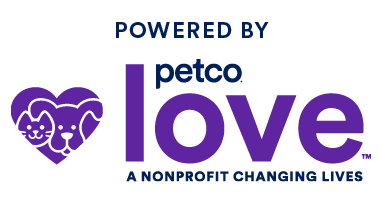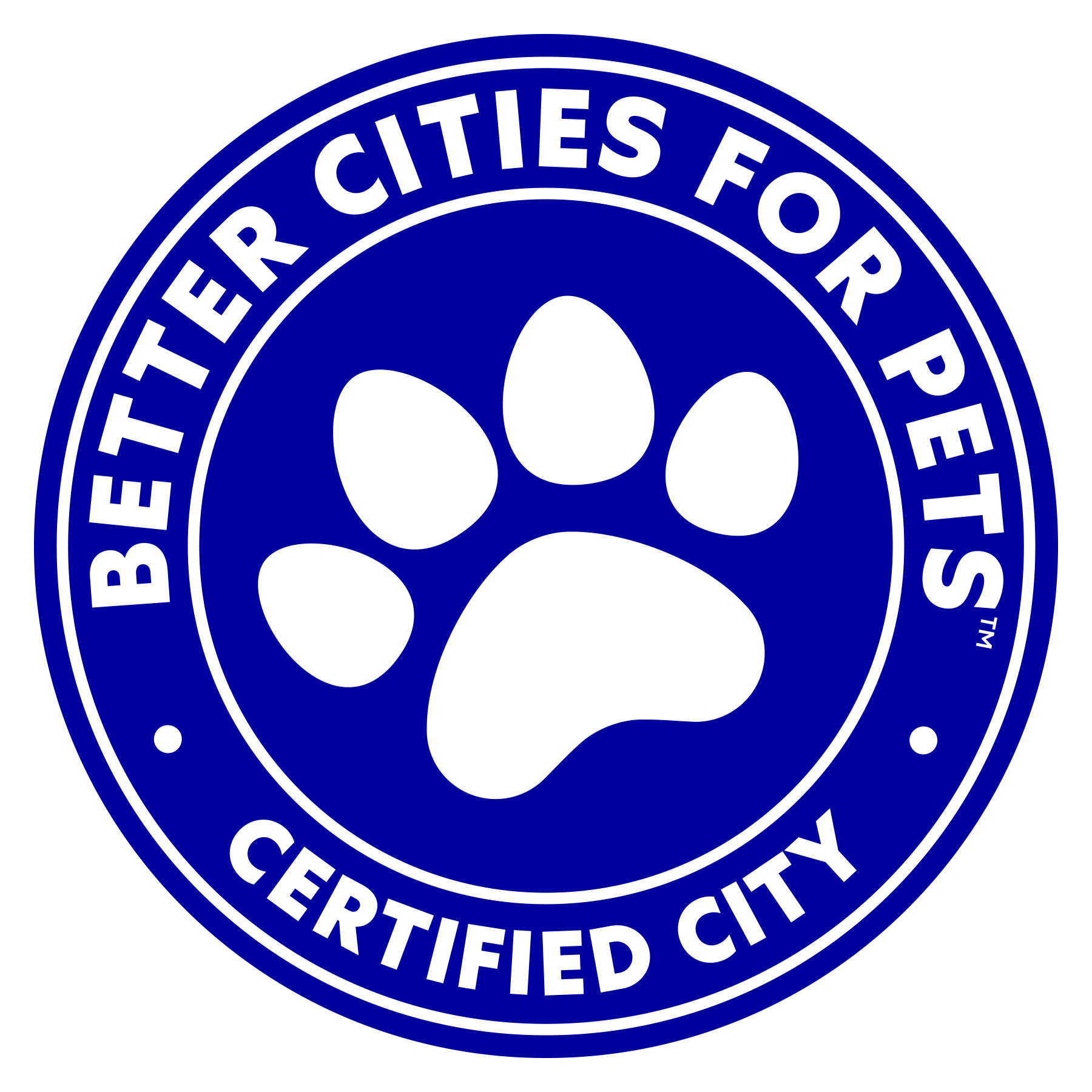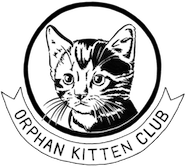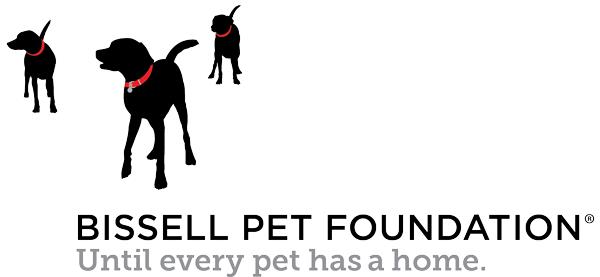Opossums are slow moving, omnivorous animals who roam properties at night looking for food. Carrion forms much of the opossum's diet and is supplemented with fruits and vegetables, (persimmons, apples and corn are particular favorites), insects, frogs, eggs, birds, snakes, mammals and earthworms, as well as dog or cat food or garbage left out at night.
The opossum is approximately the size of a house cat, with grayish-white fur that can vary from almost white to almost black. Feet and legs are black; toes are white; ears are naked flaps of skin. Tracks will show an opposable thumb on the rear feet. The long, naked, scaly tail is prehensile and is often used as a fifth limb.
Opossums weigh between four and eight pounds, are two to three feet long, and can live from two to six years. Opossums are found in all types of habitats, but they usually prefer deciduous woodlands. They favor dens on the ground, which can lead them to take up residence under decks and in crawlspaces. While female opossums spend their lives in more defined areas, the male opossum may wander continuously.
Over the years we have changed their habitats into our living spaces and they have had no problem adapting to our lifestyles. Opossums no longer exhibit a fear of people or civilization, since they are born and raised in our neighborhoods.
The only long-term, permanent means of coping with troublesome opossums is to exclude them from areas where you do not want them. Opossums are wanderers, and if you see one in your yard, he is probably just passing through.
When confronted, opossums often bare their teeth and hiss. While they may look fierce, they generally are non-aggressive and shy. Rather than fight, when hard pressed they will sometimes slip into the death-feigning catatonia that we term "playing possum." The animal's system reacts automatically, throwing the brain and nervous system into a catatonic state that lowers their heartbeat and respiration.
The first and best approach to dealing with wildlife in urban environments is to practice tolerance -- understanding and acceptance of the natural patterns of animal life and respect and appreciation for wild animals. As useful as the repellents and scare devices described below may be, they all create inconvenience and displacement or even death for the opossums and perhaps other species as well.
Since opossums are omnivorous and are one of nature's best scavengers, make sure to not inadvertently provide them with a food source.
In general, they do not have behaviors that cause property damage. Because they are not diggers, they are rarely the culprits if the soil or sod has been turned over.
Hand-sized motion detectors (usually combined with bright lights) and alarms, intended for indoor use, can be used in crawlspaces or, with proper protection from the weather, in some outdoor situations.
Motion-sensitive lighting kits are also effective in situations for nocturnal raids on trashcans or gardens. Motion-sensitive oscillating sprinklers are also available for deterring nighttime visitors.
Repellents: Ro-Pel® contains both a bittering agent and a penetrating agent to allow it to better absorb into plant tissue or other material. It works by imparting an extremely bitter taste to anything it contacts. Get-Away® uses extracts of oil of mustard and capsaicin as both an odor and taste repellent to repel wild animals.
You can place regular household ammonia stations around your yard in the areas frequented by opossums. Take a shallow dish or bowl, place a rag in it and pour ammonia over the rag until completely saturated. Place enough ammonia in the dish so the rag will continue to wick the ammonia up through the night. Avoid lawn areas, as ammonia will burn the grass.
Make sure that screens barring entrance to your home, basement or crawlspace is intact.
When an opossum is known to be denning under a porch or patio, place a radio near where the opossum is nesting and keep it on loud during the day. When the animal leaves for her nightly foray (two hours after dark is generally a safe time), locate all entrances and exits, blocking all except one. Loosely close this last opening with netting, straw or another fibrous material than an animal trapped inside can push away, but one on the outside will be less likely to disturb to get back in. To be certain the animal has left, sprinkle flour at the exit and watch for footprints that lead away from the opening. When you are sure the opossum is gone, securely close the opening.
Lock dog and cat doors at night and place ammonia stations in front of the locked door.
Secure trash containers with tight-fitting lids and a thick rubber strap, and to bring in your companion animal's food and water dishes each evening. (Replace food and water bowls with ammonia stations during nighttime hours.) If you encounter an opossum in your garbage can, simply tip the can on its side and allow the animal to leave on his own.
Securely close the areas around decks, hot tubs and sheds. Opossums are rodent predators and will often follow mice and rats into these areas.





